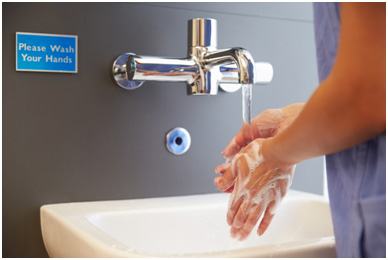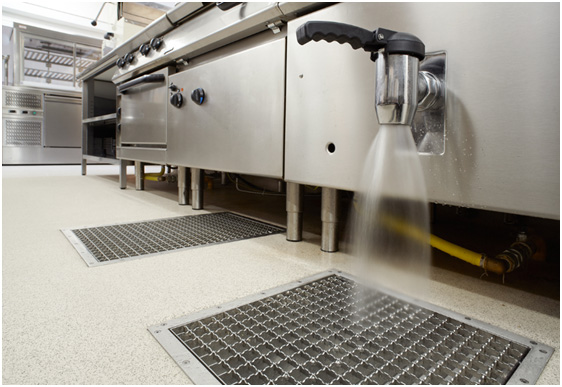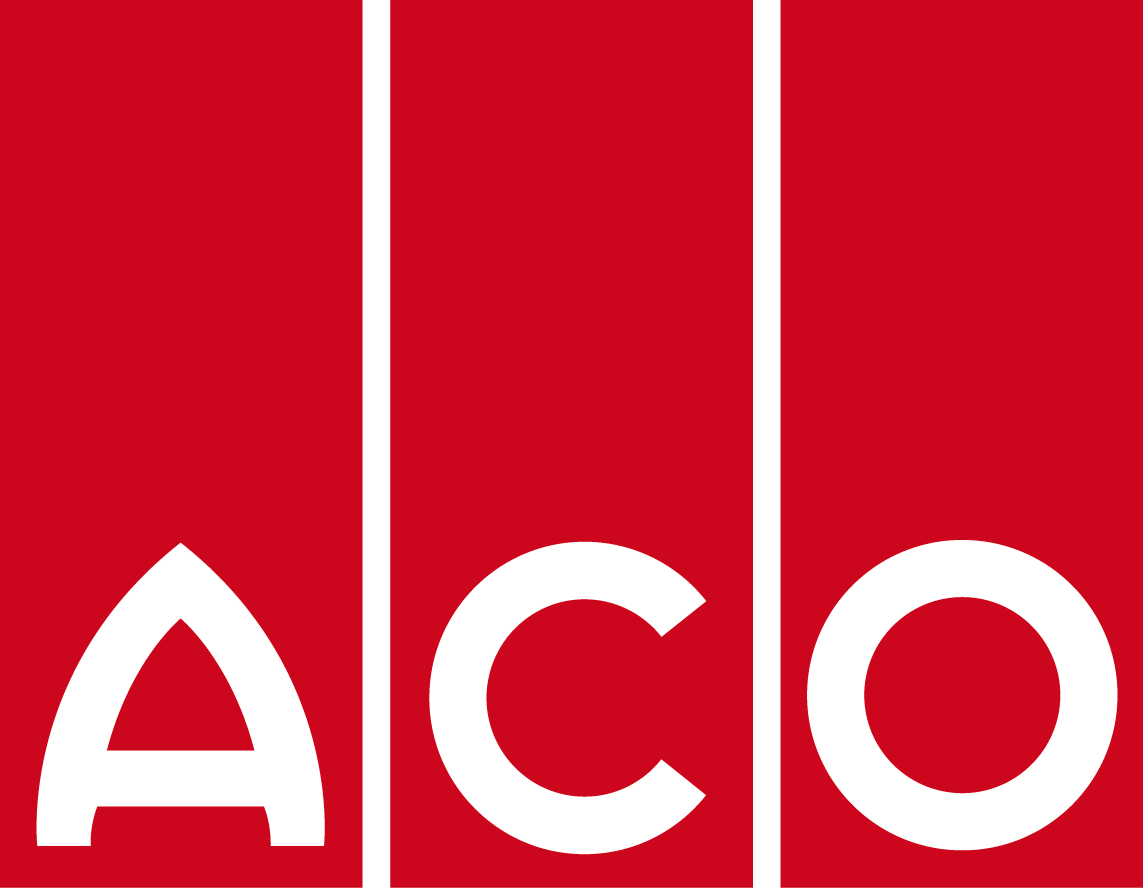ACO hygienic drainage design ensures food safety is met with ease
Food hygiene is vital in any food processing and consumption area. Harmful bacteria can be present in dish cloths, tea towels, utensils, pots and pans, on appliances and on the floor. It can have incredibly dangerous consequences, including sickness, food poisoning, allergies and deadly reactions.
In February this year, Australia witnessed 28 outbreaks of severe gastro in Victoria. A variety of major supermarkets pre-packaged lettuce varieties claimed to have inflicted an outbreak of salmonella.
To eliminate hazardous spread of harmful bacteria, business owners can put in place systems to properly monitor every facet of the business for infection control, including cleaning and maintaining drainage systems.
The Australian Government Comcare initiative recognises the need to carry out hygienic practices, including educating all stakeholders (including day-to-day shift workers) about food safety, offering first aid training practice, implementing policies and systems such as a nut free environment, a designated hand washing station, systems for labelling food storage boxes, signs and signals as reminders to wash hands or to use certain coloured chopping boards for different ingredients to avoid contamination.

Food ratings that matter
Abiding by the Australian and New Zealand Food Premises and Equipment Standard 3.2.3, a food processing plant should be fitted out to avoid instances of food contamination. All fixtures, fittings and equipment – including transport vehicles used by contracted food handlers – are to be constructed, cleaned and sanitised wherever possible.
Whether a new or existing business, the design of a food processing plant must follow these requirements. The facility must be appropriate for food preparation or serving activity and it must be constructed from materials that are easily cleaned and maintained to not attract unwanted pests or lead to food contamination. The facility must also provide for sufficient working space around fixtures, fittings and equipment to conduct necessary tasks, and to do so in such a way to “permit the food premises to be effectively cleaned and, if necessary, sanitised”. No matter the aesthetic design or construction of such a premise, the business owner must do everything in their power to not harbour the introduction of pests, dirt, dust, fumes, smoke or other contaminations (Australian and New Zealand Food Premises and Equipment Standard 3.2.3 Chapter 3, p. 123)
Hidden hazards aplenty
ACO Building Drainage Divisional Managing Director Andy Buchan highlights the importance of a good drainage system to control harmful bacteria within commercial kitchen and food processing environments. In Drain Brain, speaking on behalf of the ACO team to Foodservice Consultant Magazine, he says:

“Good drainage mitigates the risk of bacteria coming into the premises. People are eating out more these days and poor hygiene can cause major food poisoning outbreaks. Environmental health officers will immediately shut down restaurants for poor hygiene standards. Drainage gives kitchens an outlet for a lot of gunk. Restaurants have to ensure drainage doesn’t harbour bacteria – it must be able to be cleaned effectively so it isn’t a host for bugs.”
The scary reality is that contaminants are incredibly easy to spread and food preparation areas are a welcome breeding ground for their growth. In the Food Premises and Equipment Standard, contaminants are found in any biological, chemical or foreign matter and may compromise the safety or the suitability of the food (p. 137). “Food contamination can be minimised by physically separating the areas where raw products are handled from where the final product is ready for dispatch or service” (p. 133).
Suitably designed and installed drainage products can be installed to separate such areas with a physical barrier and ensure the cleaning routine can be contained and effectively carried out. Additionally floor drainage systems offer two other principal functions: to intercept water from wash-down areas, for example, and to convey water from equipment generating excess wastewater.

An easy to clean, efficient solution
The ACO solution is an easy to clean drainage system. ACO have designed and developed a range of hygienic gullies (ACO Gully) and hygienic linear channels (ACO Food) with HygieneFirst as the overarching motto. For bakeries, takeaway shops, commercial kitchens, restaurants and more, the ACO hygienic design products have attributes centred around slip resistance and easy to clean surfaces, maintain and service. The superior drainage design is compliant with EN 1672 and EN ISO 14159 and can be customised for different applications, including various size requirements, flow rates and layout designs.
Where some designs are non-hygienic and costly, the ACO solution is hygienic and effective. See for yourself our Hygiene First philosophy in action:
ACO Gully and ACO Food products are designed for optimum hygienic performance. The design of these products includes:
- Smooth, round edges on all grates, bodies and accessories make the systems safe to handle
- Internal radii larger than 3mm enables cleaning quicker, easier and more effective
- ACO Gully bodies are deep drawn, ensuring smooth contours, which eliminates areas for bacterial growth
- Optional removable foul air trap: durable, easy to clean and reduces overall depth of installation
- All components are removable, making it a fully inspectable solution
To learn more about ACO’s hygienic drainage solutions, call 1300 765 226, +61 2 4747 4000 or email sales@acoaus.com.au






